Ever wondered how a handful of countries manage to top the global wealth charts while the rest of us scramble for deals on takeout? From tax-smart policies to everyday routines that boost productivity, these nations have cracked the code on growing—and keeping—their riches. Buckle up for a tour of the world’s 13 wealthiest spots and discover the no-nonsense habits that helped them stake their claim at the top.
1. Luxembourg
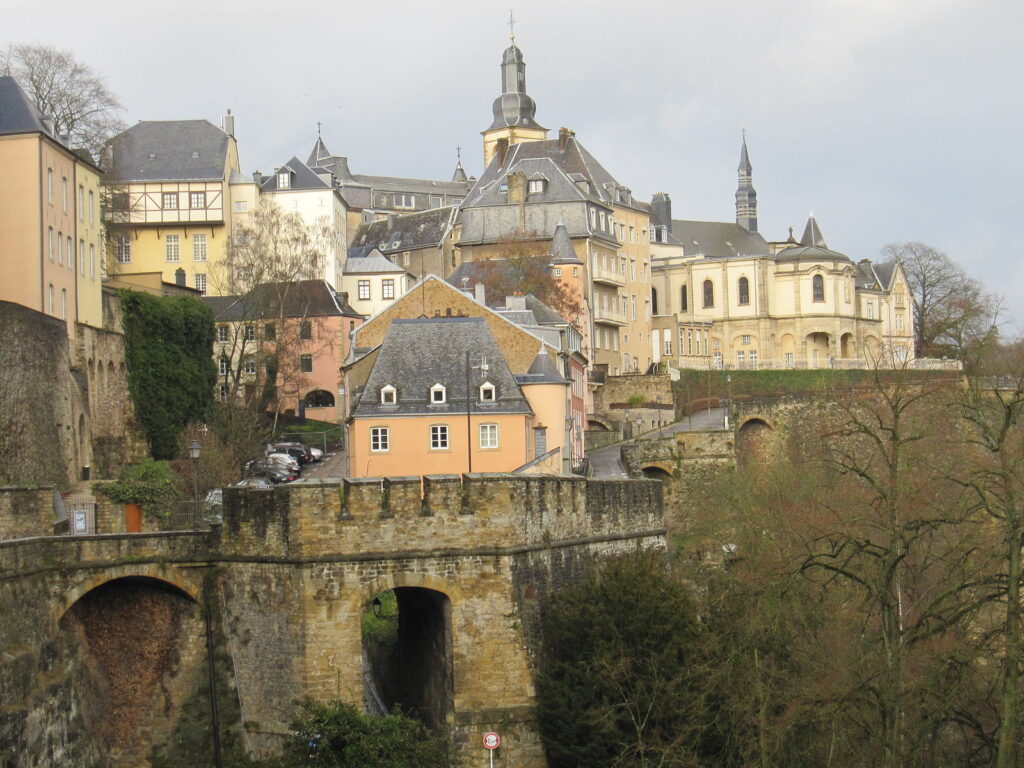
According to the International Monetary Fund, Luxembourg’s GDP per capita of $140,941 makes it the reigning champ of living-large-ville—despite being smaller than my apartment complex​. Picture a nation that doubles as a tax-haven-meets-financial-hub, where cross-border commuters pour in every morning for jobs in banking, funds, and fintech startups. The locals have perfected the art of “work hard, snack harder,” fueling their mega-wages with artisanal pastries and coffee breaks that stretch longer than my last Zoom call.
By keeping corporate tax rates low, Luxembourg has lured in global titans like Amazon, Google, and PayPal, creating a talent-magnet environment. The multilingual workforce (they casually juggle French, German, and Luxembourgish) greases the wheels for cross-Europe deals in a single lunch hour. They also have the world’s highest density of morning news-checkers, ensuring every trader catches the latest Wall Street tweet before breakfast. Add in ultra-efficient public services—hello, e-government apps—and you get a recipe for per-capita gold.
2. Ireland
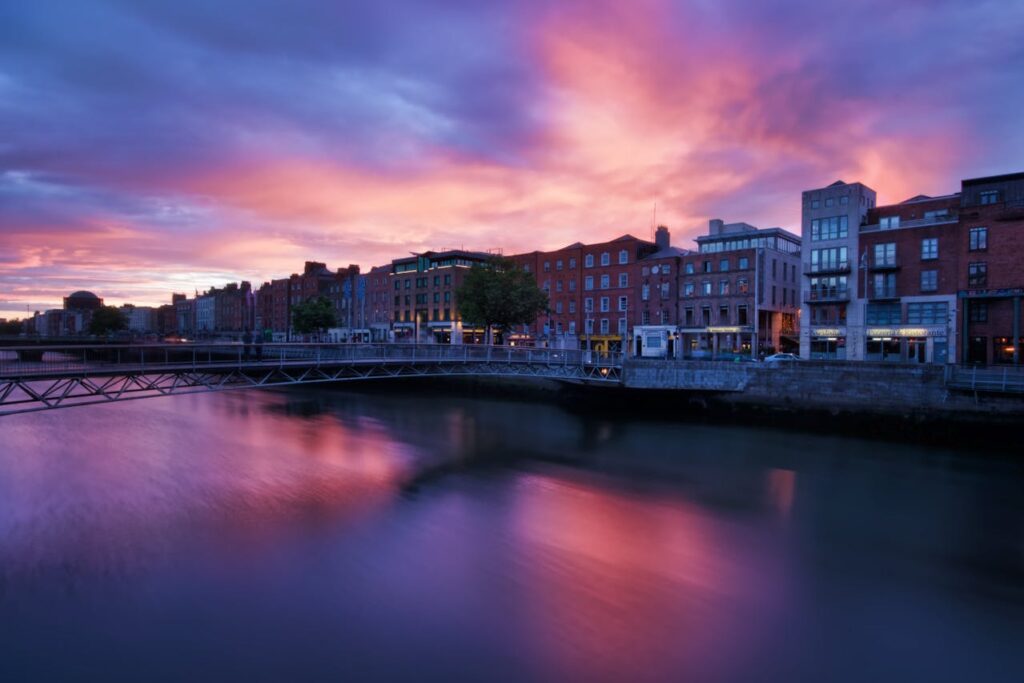
Ireland’s GDP per capita rocketed to about $103,888, a figure the World Bank cheerfully highlights as proof of its economic glow-up​. This Emerald Isle has traded leprechauns for multinationals, offering corporate tax perks that make even the savviest CFO do a happy jig. They’ve built a Silicon Valley–lite in Dublin, where startups and tech behemoths mingle under charming Georgian lamp-posts.
Between the post-lunch “tea break” (read: four-cup espresso run) and weekly Gaelic football debriefs at the local pub, Ireland’s workforce keeps morale sky-high. Their secret sauce? A fearless embrace of foreign direct investment—seriously, they woo you with Guinness-powered charm and a business-friendly vibe. Add flexible work policies, a population that’s 50% under 35, and a knack for exporting both code and catchy pop music, and voilà: small nation, massive wallet.
3. Switzerland
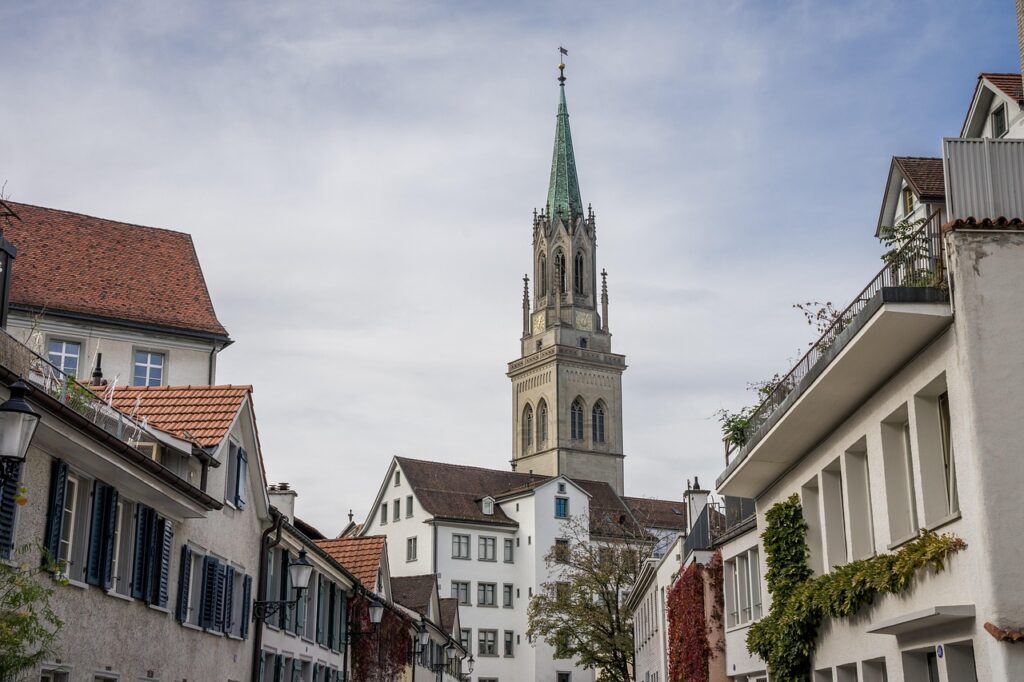
According to U.S. News & World Report, Switzerland boasts a GDP per capita (PPP) of $92,980—thanks to its trademark blend of precision, privacy, and chocolate addiction​. Think luxe watches, high-end banking, and secret-agent–level privacy laws that make money managers drool. Every Swiss knows “time is money,” so punctuality isn’t just polite—it’s profitable.
Beyond cheese fondue Fridays, they live by “kaizen”-style continuous improvement: crushing inefficiencies in public services, healthcare, and even recycling bins. Add in four official languages, a top-tier apprenticeship system, and the world’s most efficient train timetables, and you’ve got a recipe for high living standards. Plus, their GDP gets a turbo boost from pharma giants and precision-machinery exports—but they still find time for afternoon café breaks overlooking the Alps.
4. Singapore

According to the CIA World Factbook, Singapore’s real GDP per capita stands at $127,500—no small feat for a city-state of 6 million. This Little Red Dot turned its port into a global trade superhighway, offering rule-of-law comfort and a regulatory sandbox that your startup dreams crave.
They’ve turned scarcity into an art form: no natural resources? No problem. They’ve banked on human capital, churning out world-class universities, fintech hubs, and the world’s slickest public transit. Their “hawker centre” culture marries affordable eats with social mingling, creating daily networking sessions over chili crab. Oh, and the national sport? Stockpiling currency reserves the size of small countries—just in case.
5. Iceland
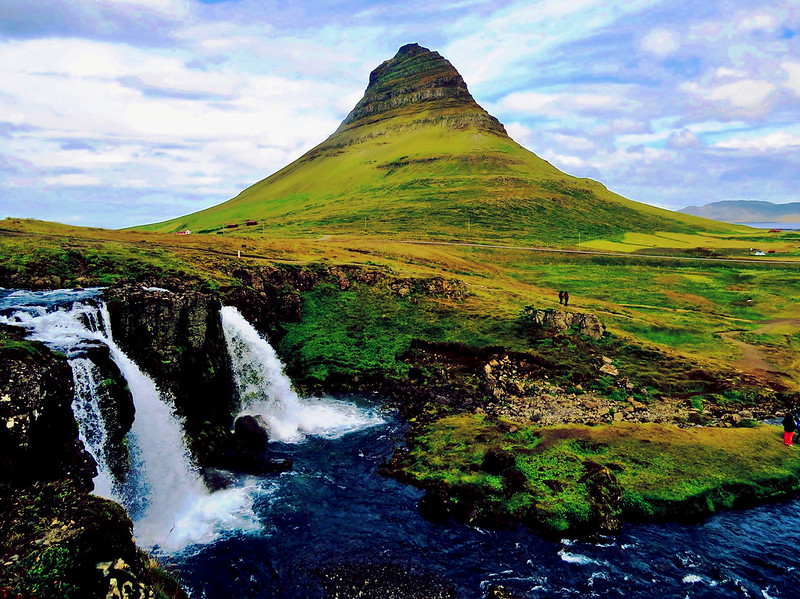
According to Wikipedia, Iceland’s nominal GDP per capita clocks in at $90,110 for 2025​. From thermal springs to Viking heritage, this island nation powers homes (and hot tubs) with geothermal energy, slashing utility bills and carbon footprints in one fell swoop.
Icelanders embrace “everyday adventure” vibes—seriously, their national pastime is wild-random-drive to chase the Northern Lights—while running high-tech fishing fleets and aluminum smelters. They invest their oil-free revenues into education and healthcare, so the payoff is a super-productive, super-healthy population. Plus, their gender-equality track record means everyone—regardless of birth-gender—gets a fair shot at big-ticket roles.
6. Norway
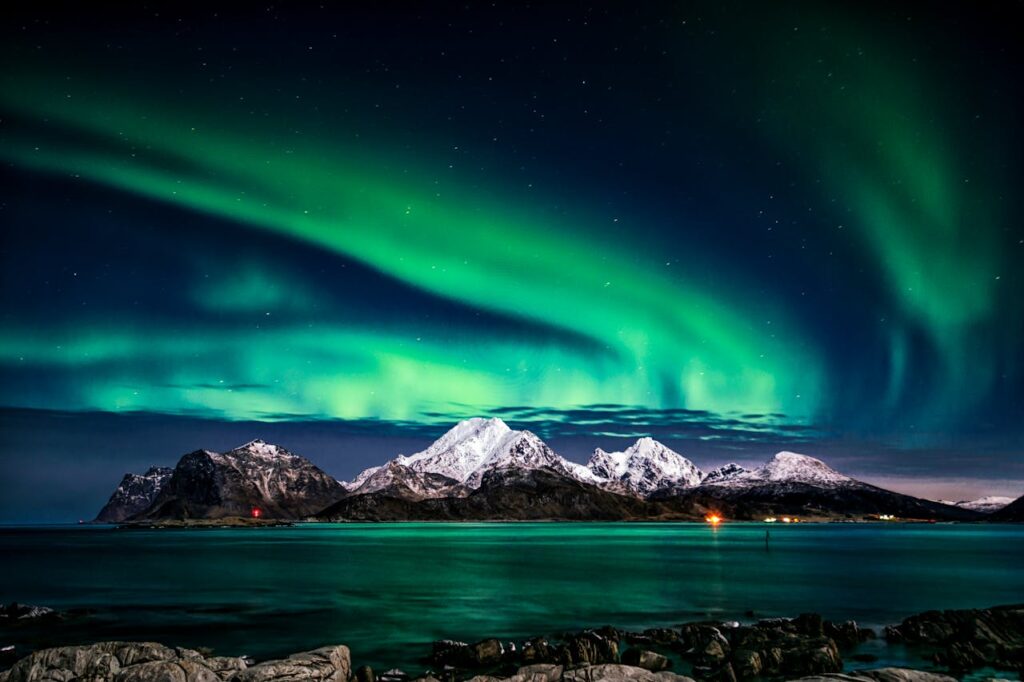
Norway’s famously stingy with its oil windfall—instead of blowing it on yachts, they sock away billions in the Government Pension Fund, AKA the “Oil Fund.” This sovereign wealth vehicle now bankrolls every Norwegian’s retirement dreams, turning black gold into pure financial gold. Their routine “friluftsliv” (outdoor living) perks up mental health, and they cap workweeks at 37.5 hours, so productivity never feels like a grind.
Even their taxes are quirky: super-high rates fund free universities, killer public transit, and universal healthcare. Every lunch break is a chance to strap on cross-country skis or kayak a fjord. Combine that with a culture of trust (“Covid lockdown? We just stayed home, no cops needed”), and Norway’s fiscal conservatism meets social boldness for a recipe that countries envy.
7. United States
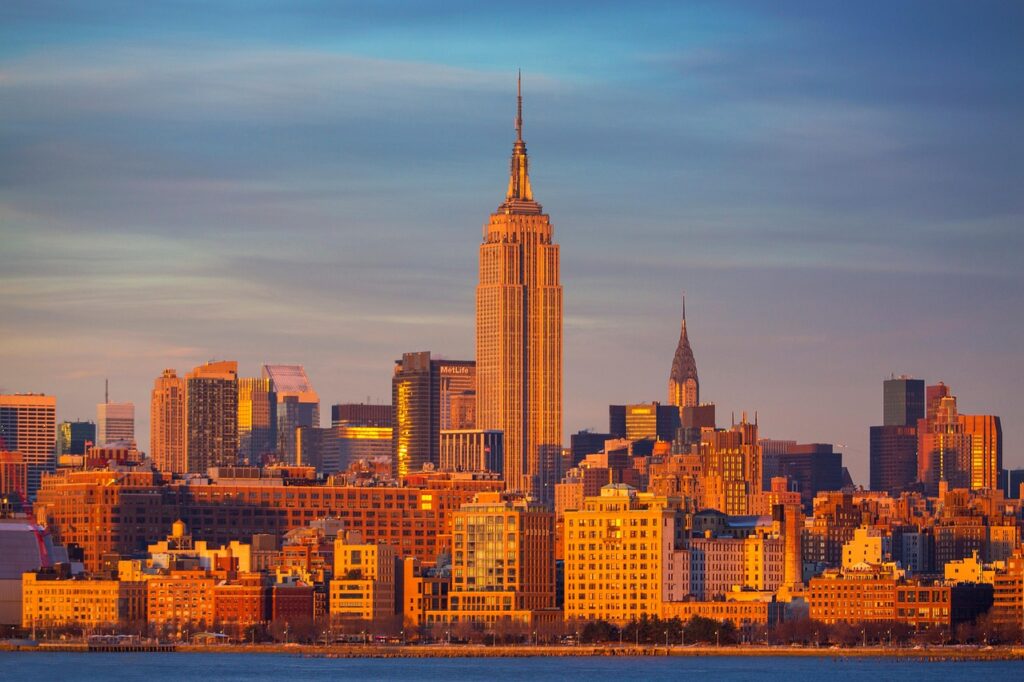
In the land of Netflix binges and side-hustle dreams, the U.S. clocks in at $74,600 GDP per capita—courtesy of its “startup on steroids” ethos. Silicon Valley still rules, fueling unicorns, moon-shot projects, and the occasional techno-rap album. Meanwhile, Wall Street’s 24/7 ticker hypnotizes millions into thinking stocks are breakfast cereal.
Americans hustle like marathoners—coffee IV drips, gig-economy flexibility, and side-gigs from Etsy crafts to Uber rides. Their “move fast, break things” mantra birthed everything from social media to space tourism. And while healthcare costs spark daily Twitter storms, private enterprise churns out medical breakthroughs in oncology and biotech labs. All told, it’s hustle culture on rocket fuel.
8. Denmark

Welcome to Hygge Central: Denmark’s GDP per capita of $72,100 pairs perfectly with candle-lit coziness and seamless bike commutes. They top charts in happiness surveys, proving that trust, transparency, and free college can coexist with real-estate prices that make San Francisco blush.
Here’s the ritual: wake up, hop on your bike (rain or shine), work reasonable hours, and reconvene at a communal “potluck work café” by 4 PM. Everyone shares power and profits in worker co-ops, so inequality chills at Scandinavia-lite levels. Add open data portals and a “right to repair” ethos, and you’ve got a meritocratic playground—complete with pastry-powered afternoon meetups.
9. Qatar
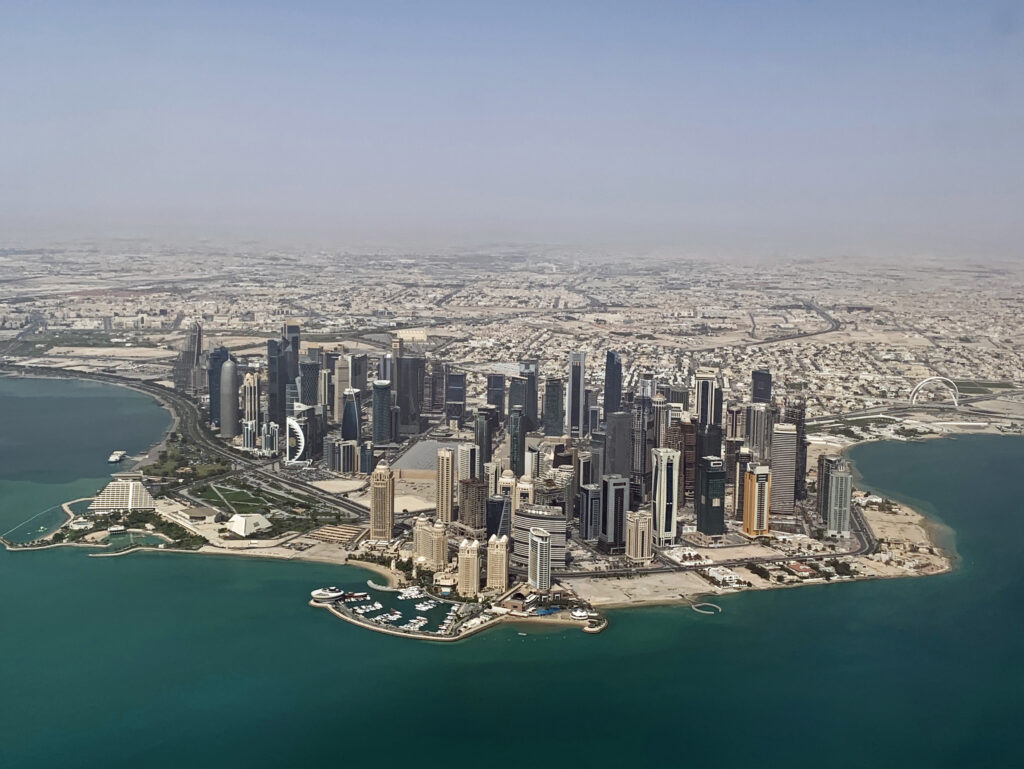
Oil gas money? Qatar has it in spades, with a real GDP per capita of $116,200—enough to turn the desert into a high-rise beach party​. The ruling family’s sovereign wealth fund bankrolls everything from museums in the sand to fancy cup cafés serving espresso at 50°C.
Beyond the glam, Qatar invests massively in infrastructure—airports that double as shopping malls and stadiums that look like alien art. They’ve also diversified via LNG exports, education city campuses, and a bit of globe-trotter real-estate speculation. When the temperature hits 50°C, locals cool off with indoor ski slopes and an ice-cream per capita ratio that could shame Italy.
10. Australia
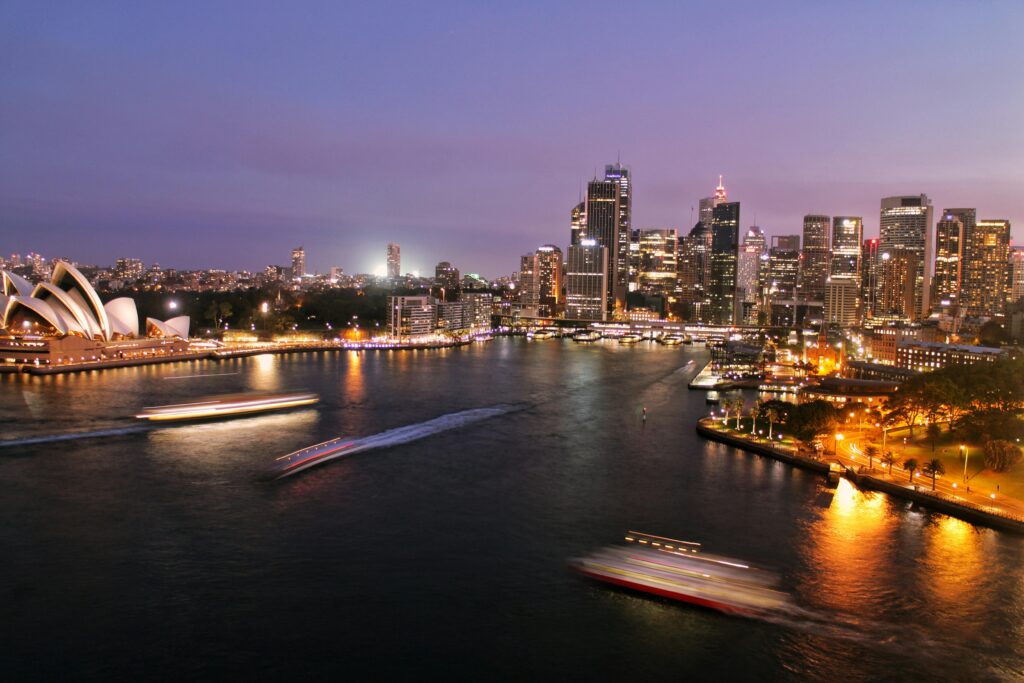
With $59,600 per person, Aussies prove you can turn sheep, sunshine, and sea breezes into serious GDP gains​. They mine iron ore like there’s no tomorrow, export wine by the tanker, and harness solar farms the size of small states.
Sydney-to-Melbourne coffee crawls are considered networking, and the laid-back “no worries” vibe actually boosts creativity. Plus, tertiary education exports bring in students eager to down Vegemite and climb the academia ladder. Throw in universal healthcare and coastal work retreats, and you’ve got a “tall poppy” economy that actually cheers on all tall poppies.
11. Netherlands
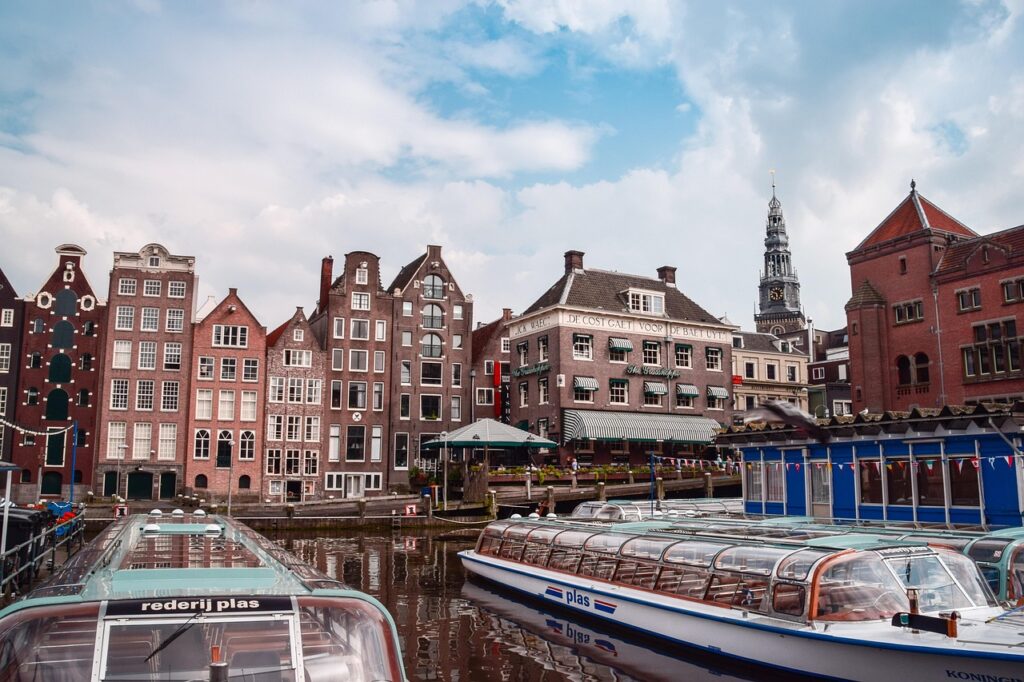
The Dutch play a savvy balancing act: moderate corporate taxes coax in multinational headquarters without sacrificing the robust welfare state that underpins social stability. A culture of “poldermodel” consensus-building keeps strikes rare and collaboration high, so businesses spend less time negotiating and more time innovating.
Amsterdam’s startup scene thrives on this trust, where seed-stage founders swap growth-hacking tips over afternoon coffee breaks in graffiti-sprayed lofts. Add in top-tier vocational schools churning out engineers who speak English as fluently as their mother tongue, and you’ve got a talent pipeline that major tech firms fight over like it’s Black Friday. Even green energy gets a Dutch twist—offshore wind farms and biogas plants turn manure into megawatts, fueling heavy industry and charging e-bikes alike. Throw in world-class art and design exports—from Van Gogh to modern furniture—and you see how a small, flat country can ride innovation waves straight to the top of the wealth charts.
12. Austria
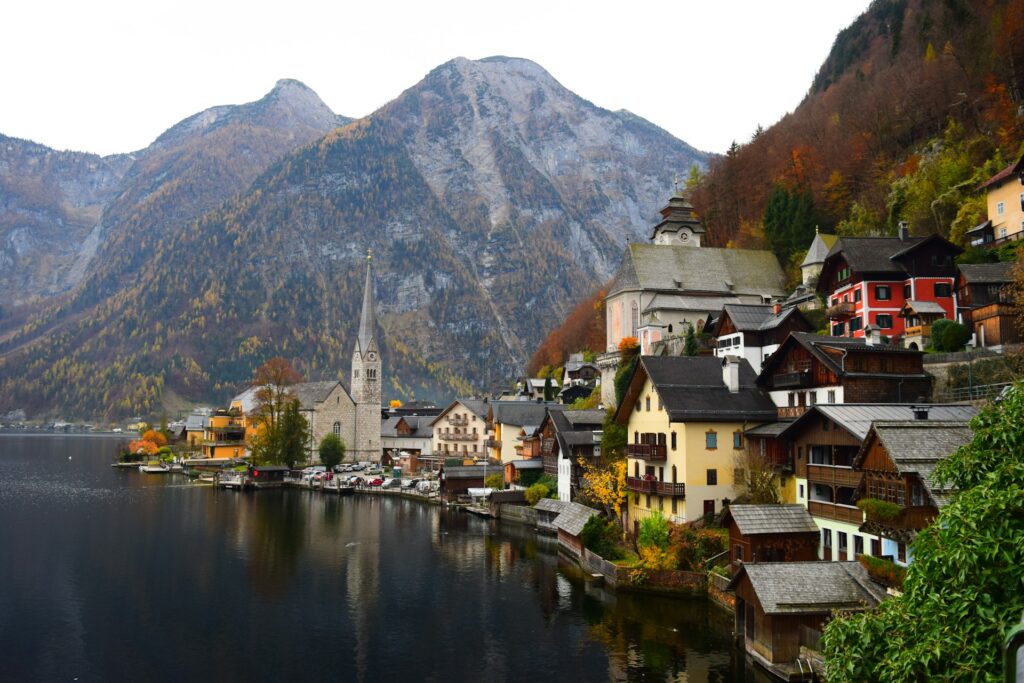
Austria’s secret wealth hack is part elegance, part efficiency, and totally rooted in its café-and-concert-hall culture. Morning in Vienna often starts with a leisurely stroll past grand Habsburg palaces before settling into a nearby coffeehouse to order a Melange—think frothy cappuccino with a scholarly side of Apfelstrudel. That daily pause isn’t just for Instagram gold; it doubles as an informal networking session where entrepreneurs, artists, and university professors ping ideas off each other between sips. Meanwhile, Austria’s Mittelstand—the mid-sized machine-tool and automotive suppliers—quietly crank out some of the most precise parts in the world, fueling global factories and raking in export dollars.
On the policy front, Austrians play it smart: generous vocational training programs mean a well-skilled workforce that slots seamlessly into high-tech and manufacturing jobs. They also mix in a robust tourism industry—Ski Arlberg and the Danube River cruises bring in billions in winter woollies and summer sundresses. But it’s not all schnitzels and ski lifts; the government’s balance-sheet discipline keeps public debt in check, so they’re not mortgaging tomorrow’s Mozart Festival to pay for today’s public sector. Add in universal healthcare, affordable childcare, and a social safety net people actually trust, and you get a population that feels secure enough to spend, invest, and innovate.
13. Sweden
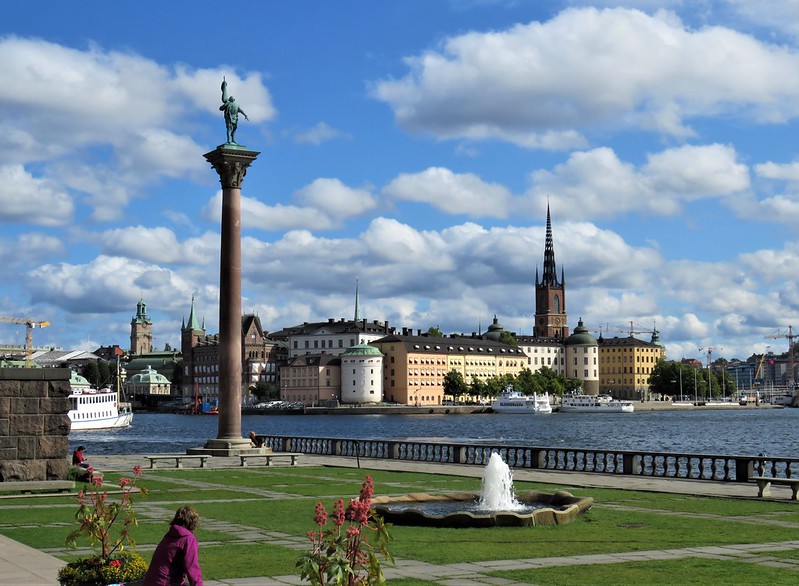
Sweden’s formula for per-capita prosperity isn’t just Abba nostalgia or IKEA’s flat-pack wizardry—it’s the fika breaks that really bind the nation together. Twice a day, coworkers step away for coffee and kardemummabullar (cardamom buns) to swap gossip, brainstorm solutions, and fuel their trademark consensus-driven decision making. That communal pause keeps innovation humming, whether you’re at Spotify coding the next viral playlist or at AstraZeneca formulating a breakthrough drug.
Beneath the cinnamon-scented surface, Sweden’s welfare model is part unicorn breeding ground, part social glue. Generous parental leave—shared nearly equally between moms and dads—means babies arrive in homes where both parents learn early to juggle spreadsheets and diaper changes. Then there’s the renewable energy blitz: wind farms off the coast of Malmö and hydropower in the north make electricity bills predictably low, helping heavy industries like steel and paper mill their way to global markets. Sweden even turned its famously gray winters into an asset by investing in indoor rock climbing gyms, co-working spaces with skylights, and community centers that keep people healthy and connected (and the healthcare tab moderate). Mix in top-tier public transport, digital government services that run smoother than your favorite streaming app, and a pragmatic “lagom” philosophy—literally “not too much, not too little”—and you’ve got a nation that’s designed its way to the top.
This article is for informational purposes only and should not be construed as financial advice. Consult a financial professional before making investment or other financial decisions. The author and publisher make no warranties of any kind.








